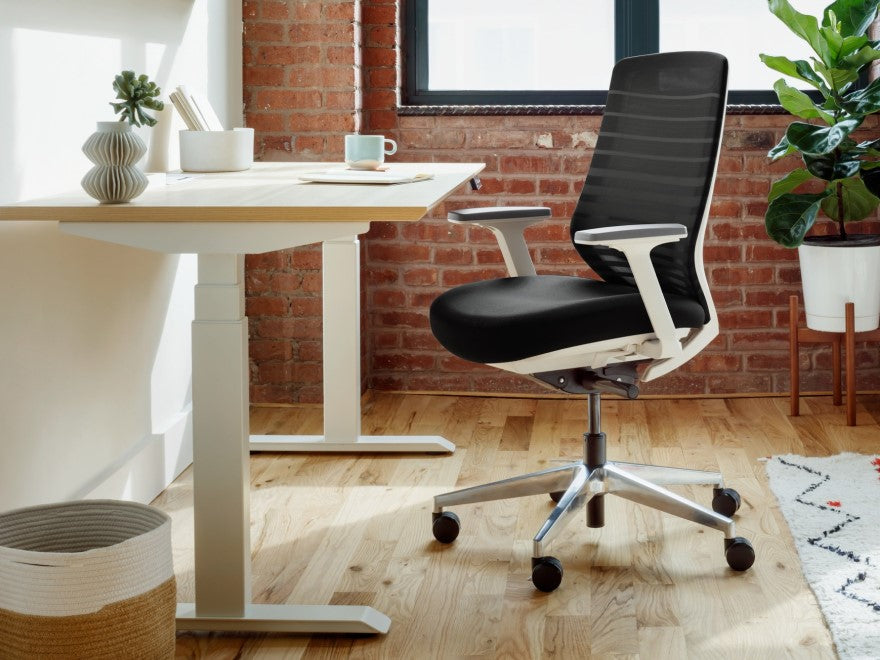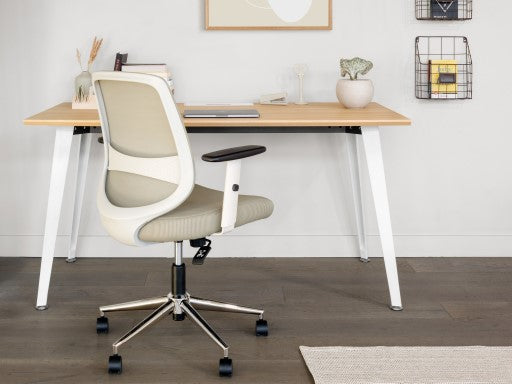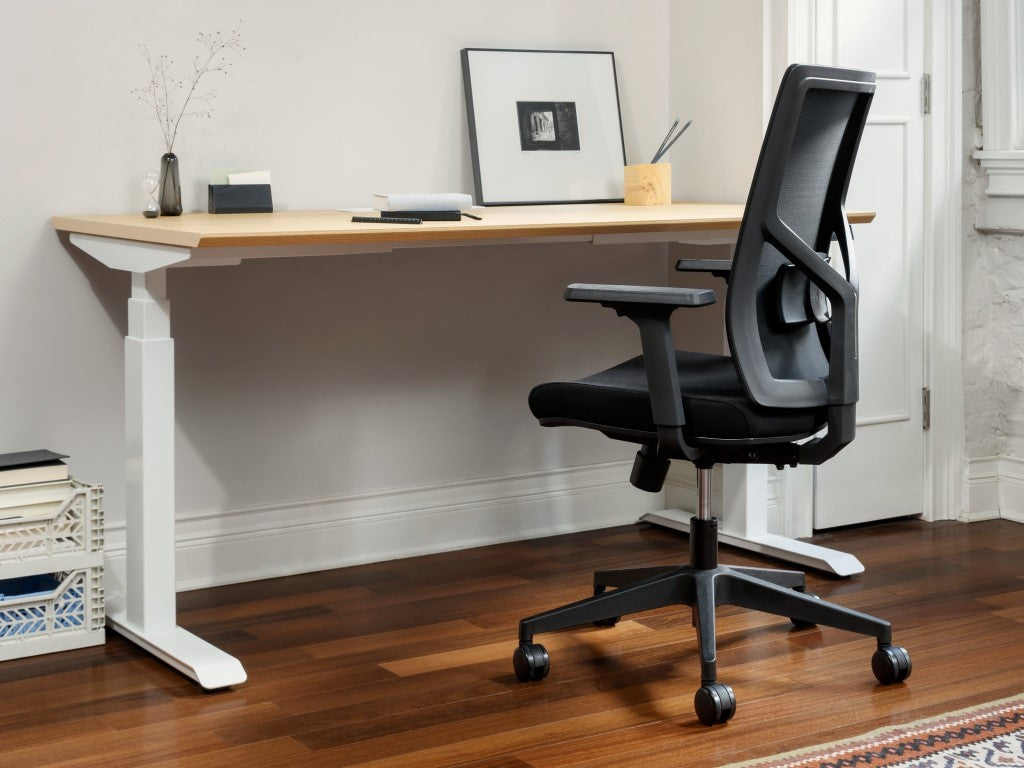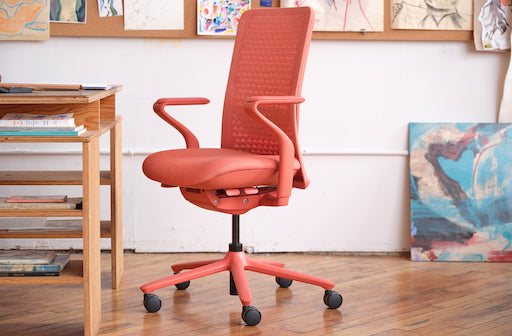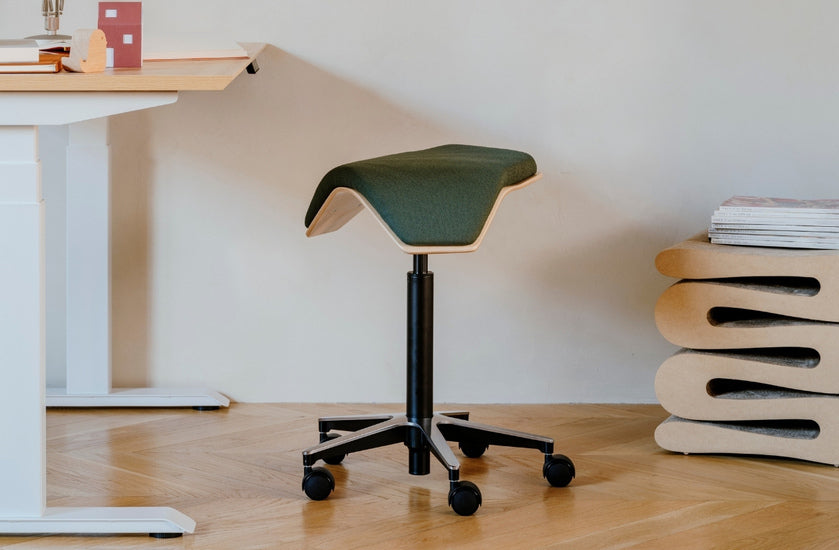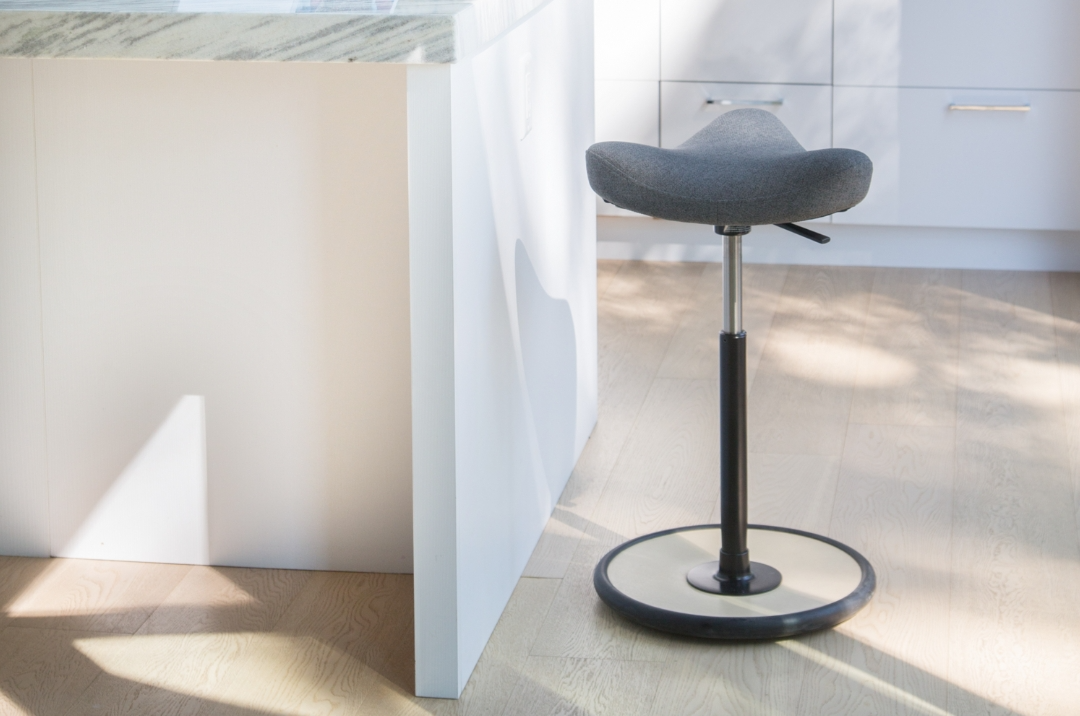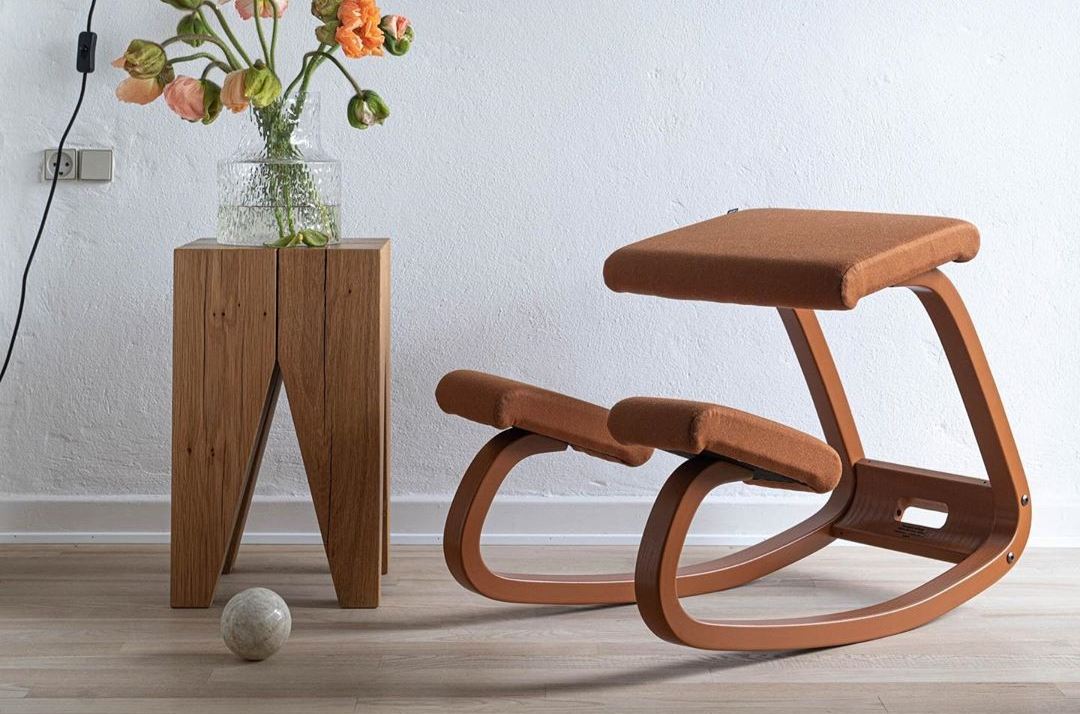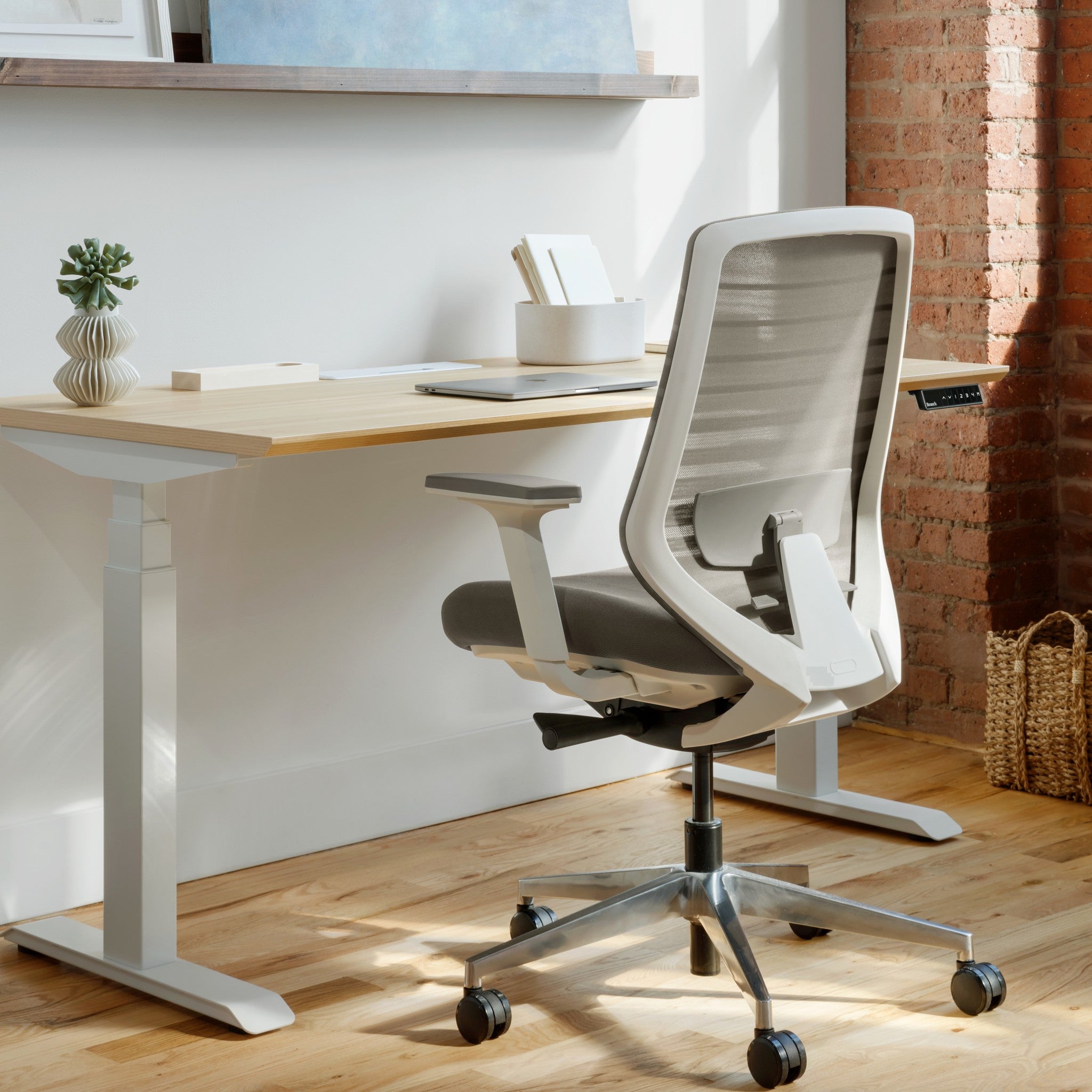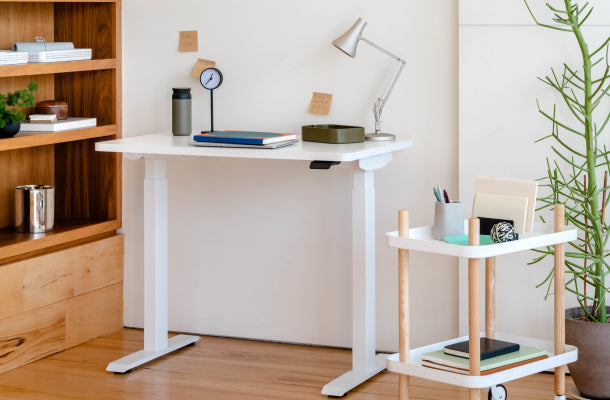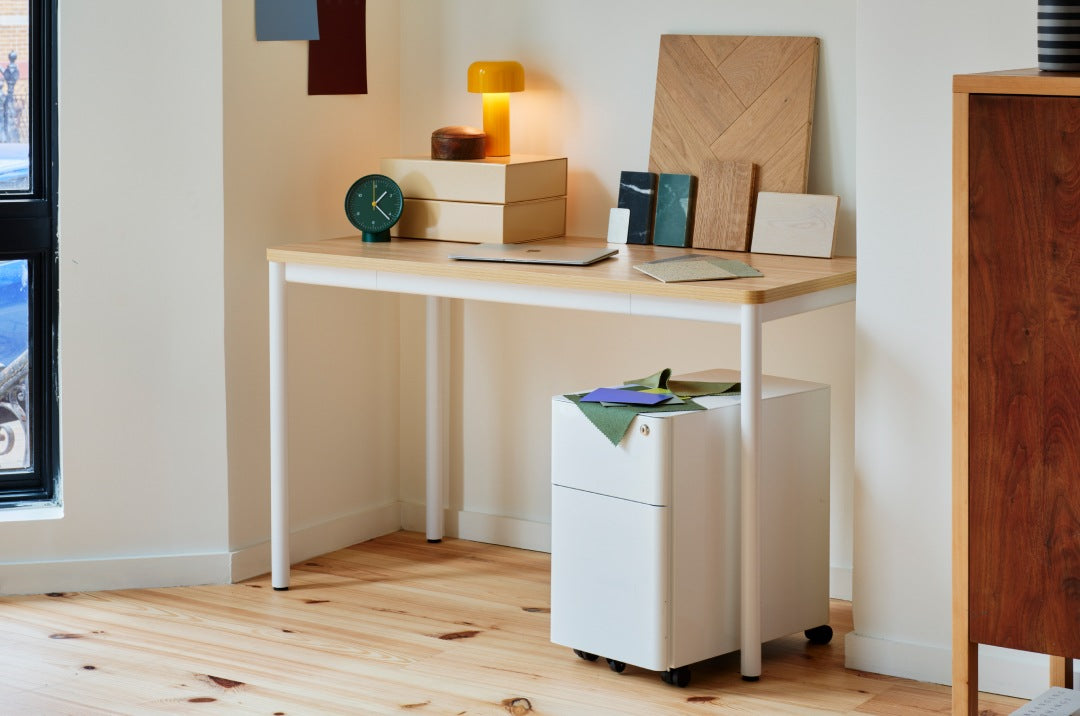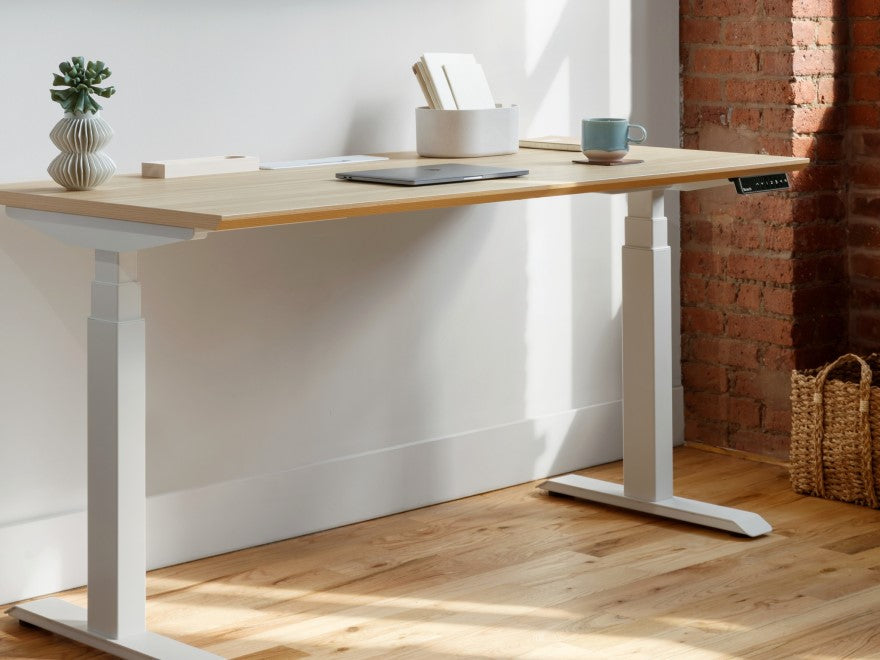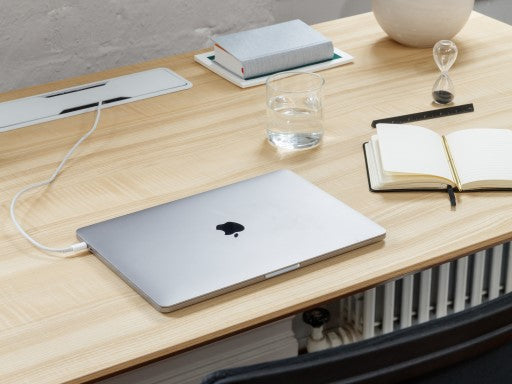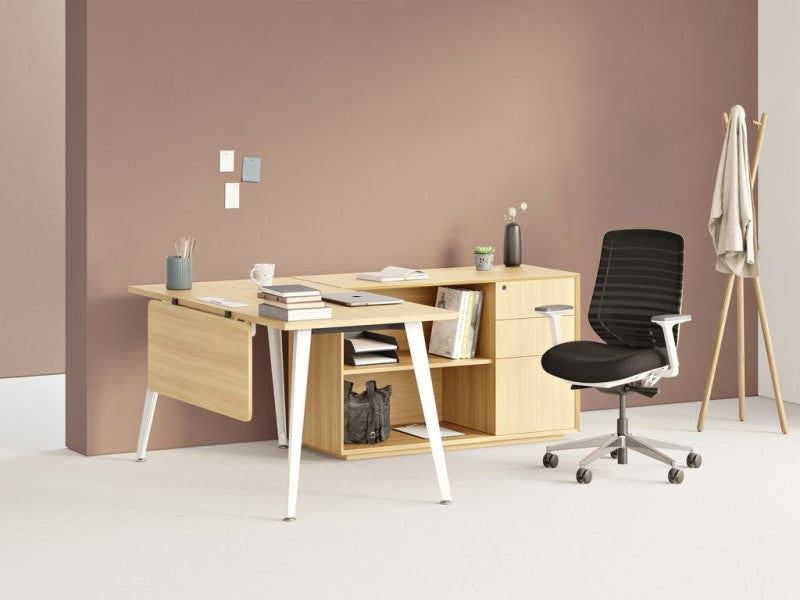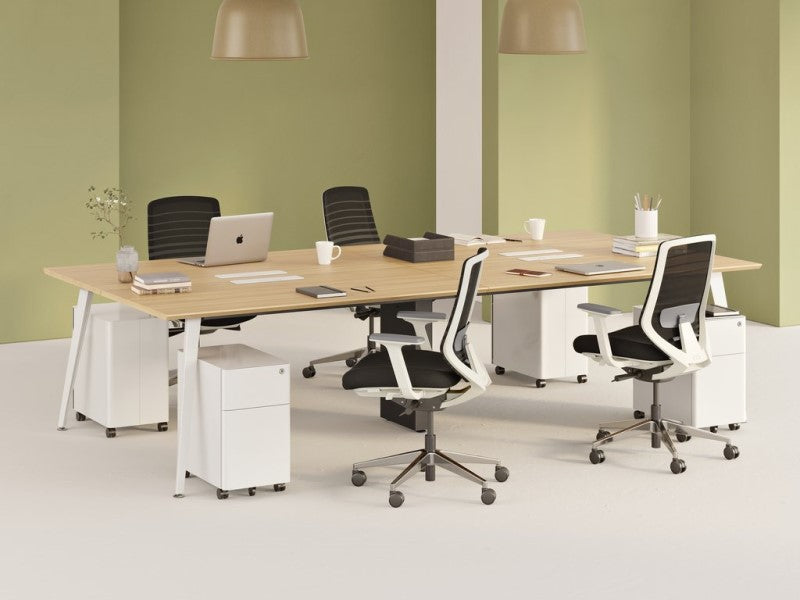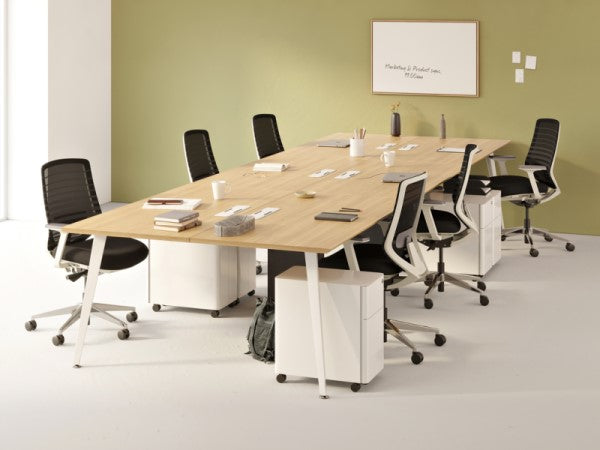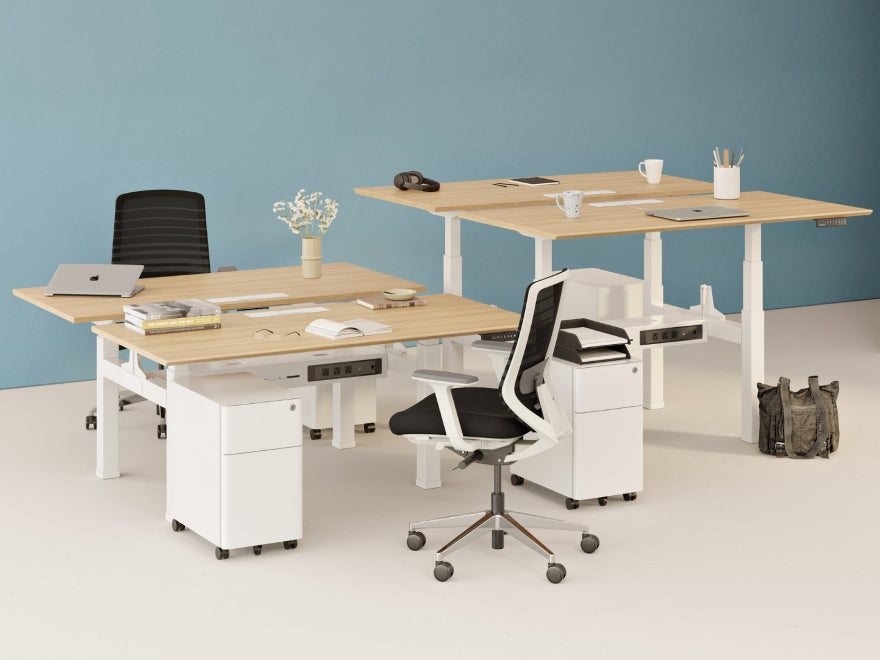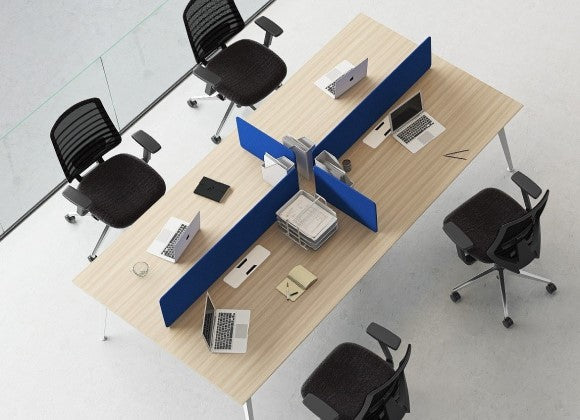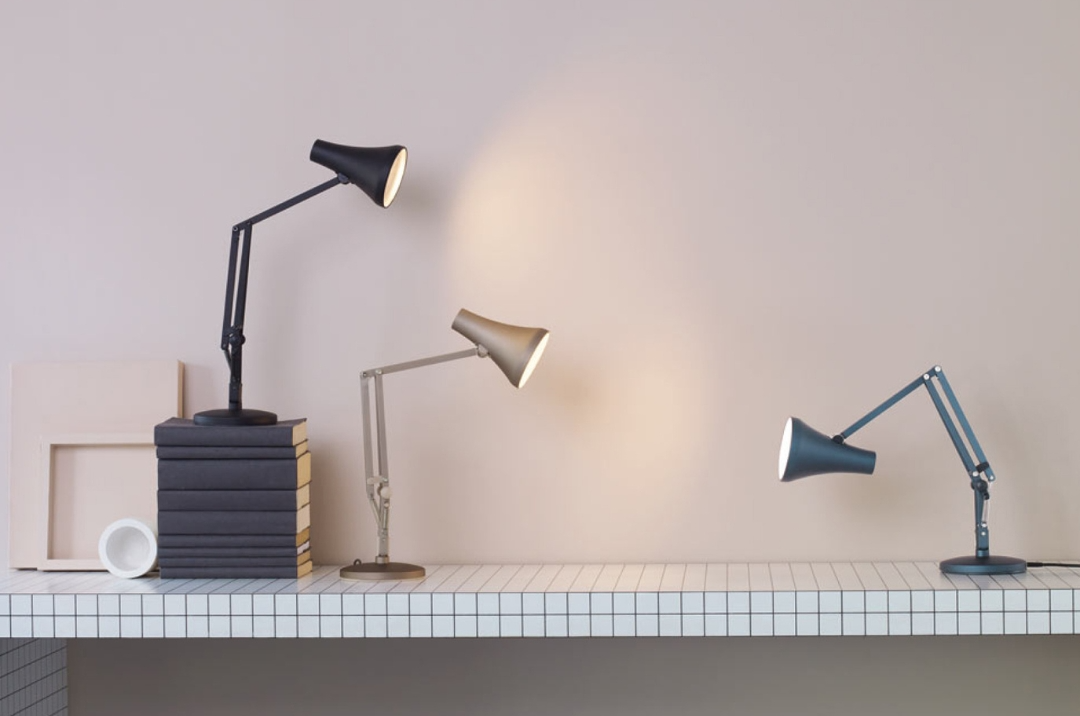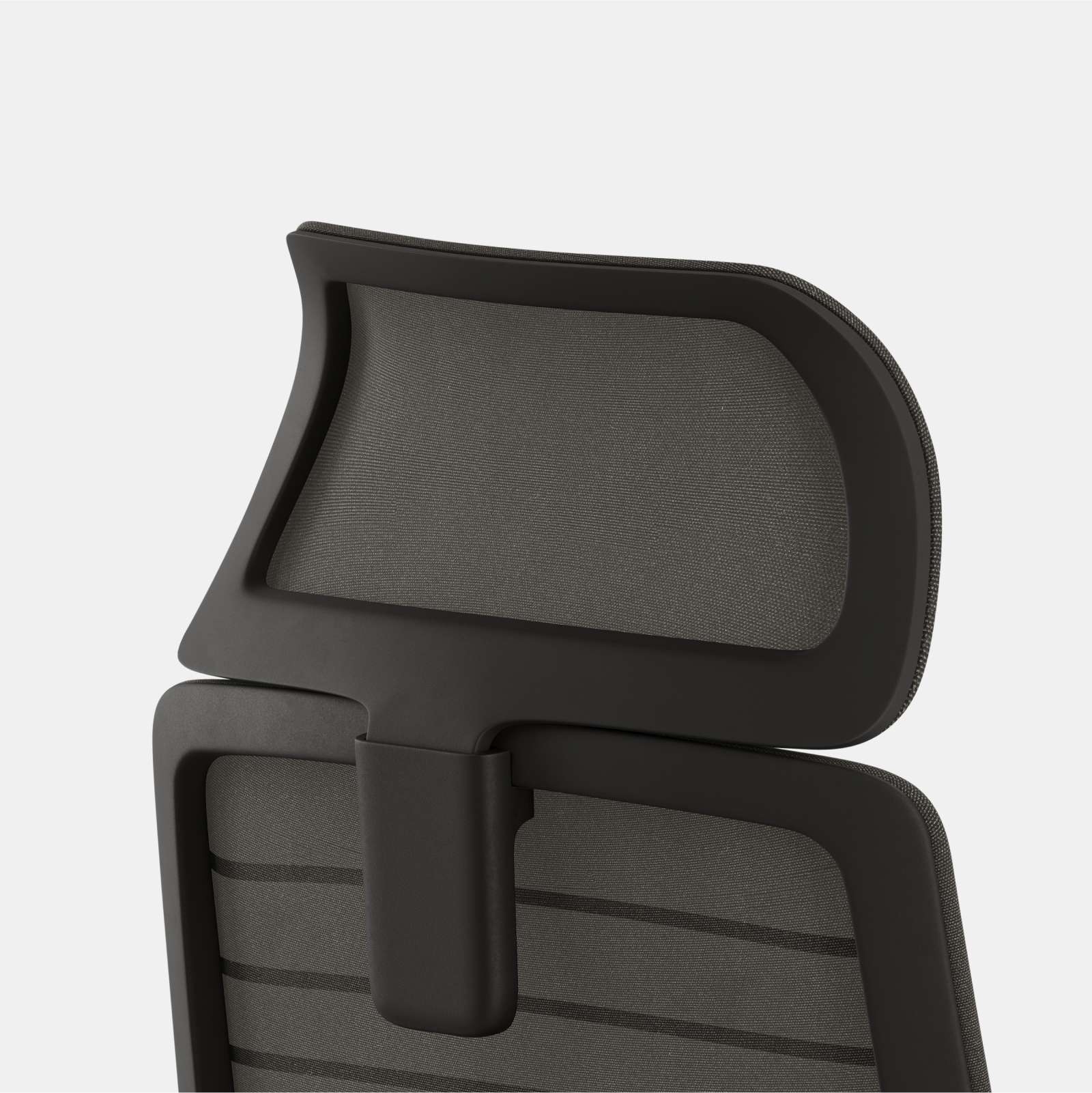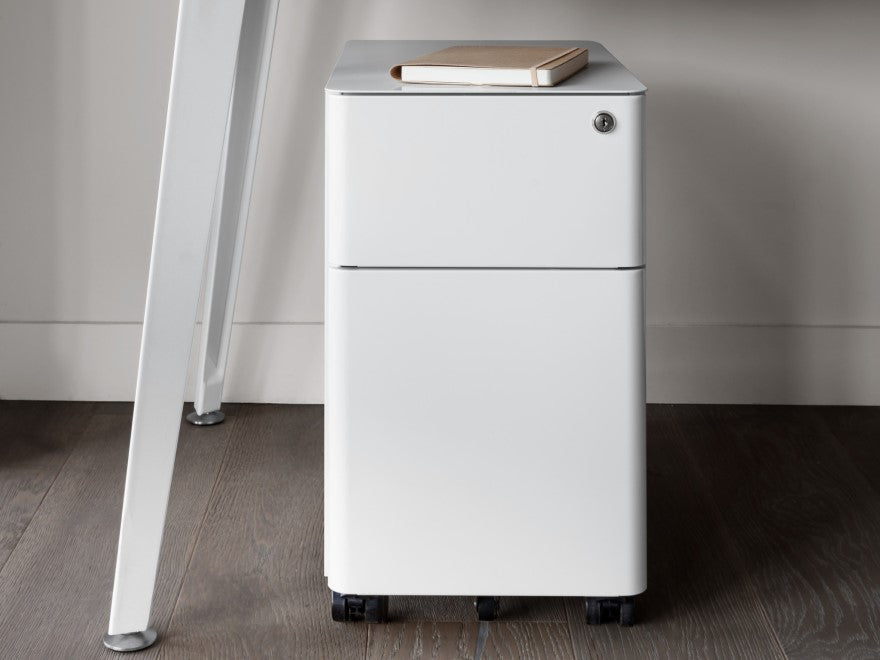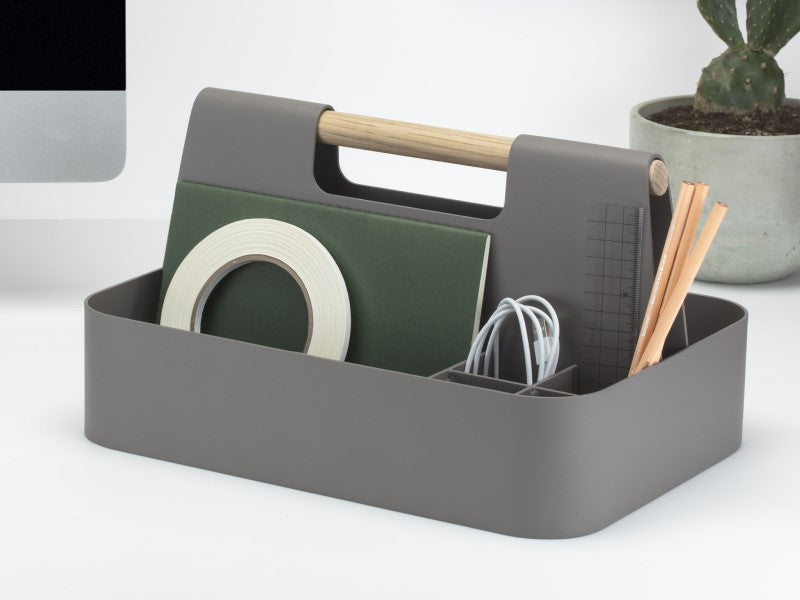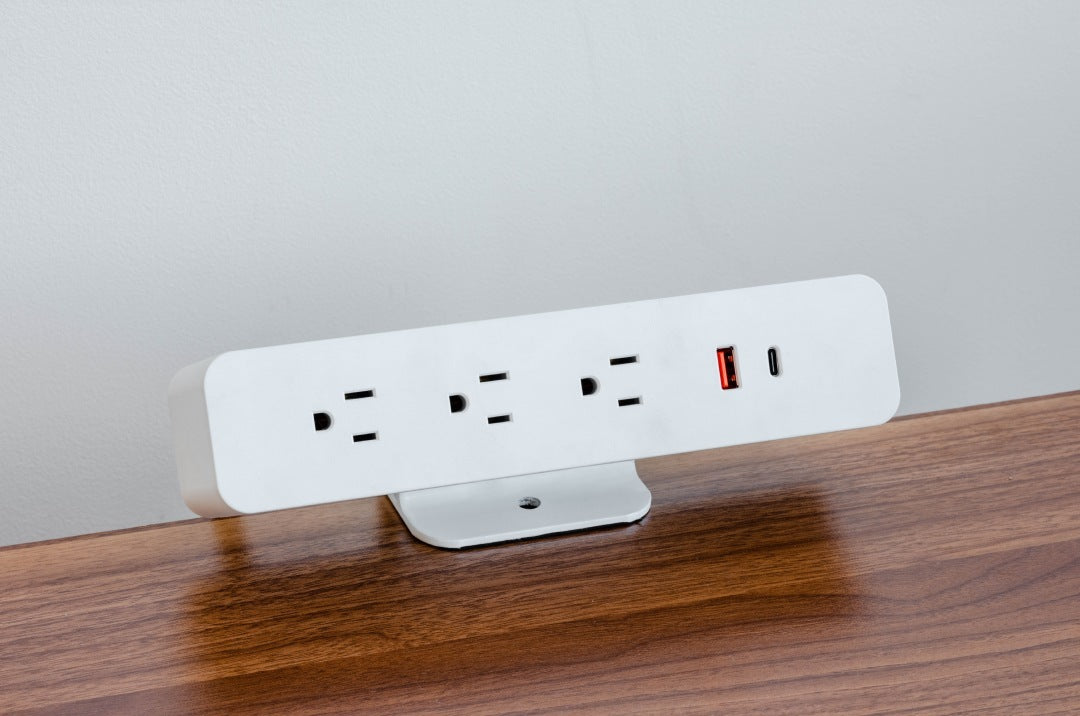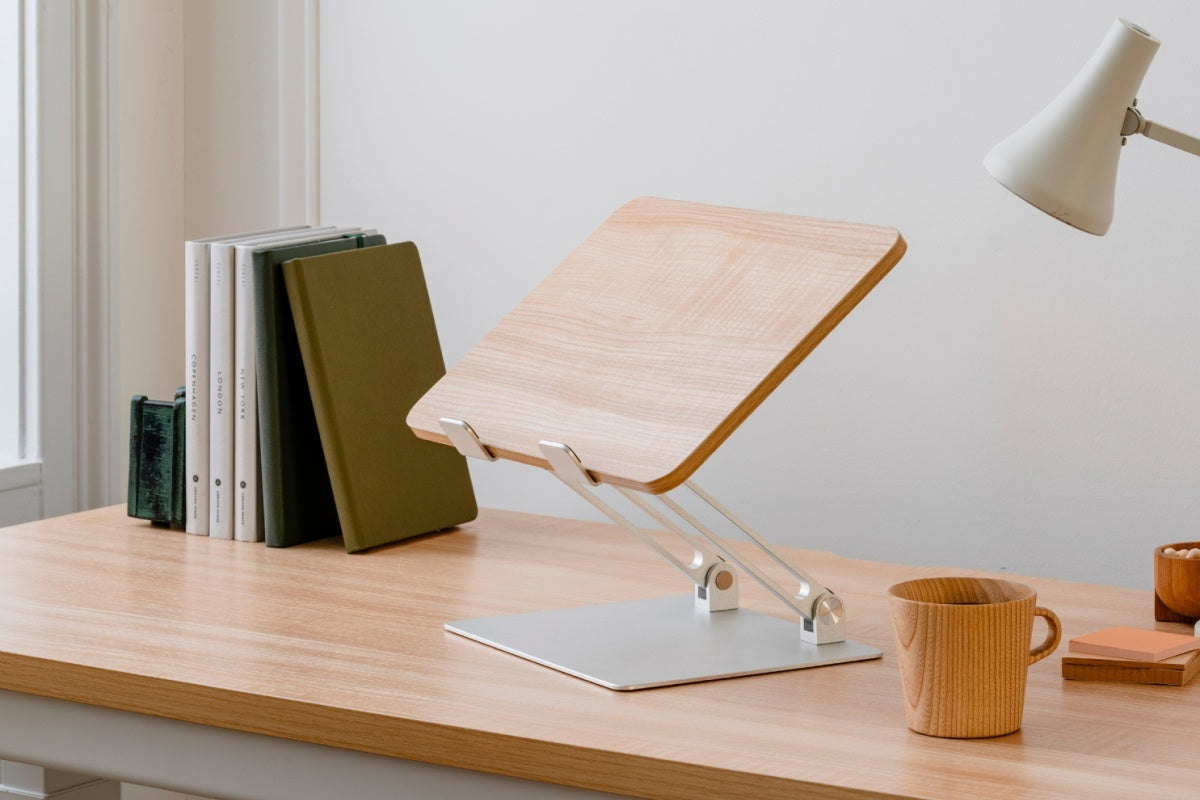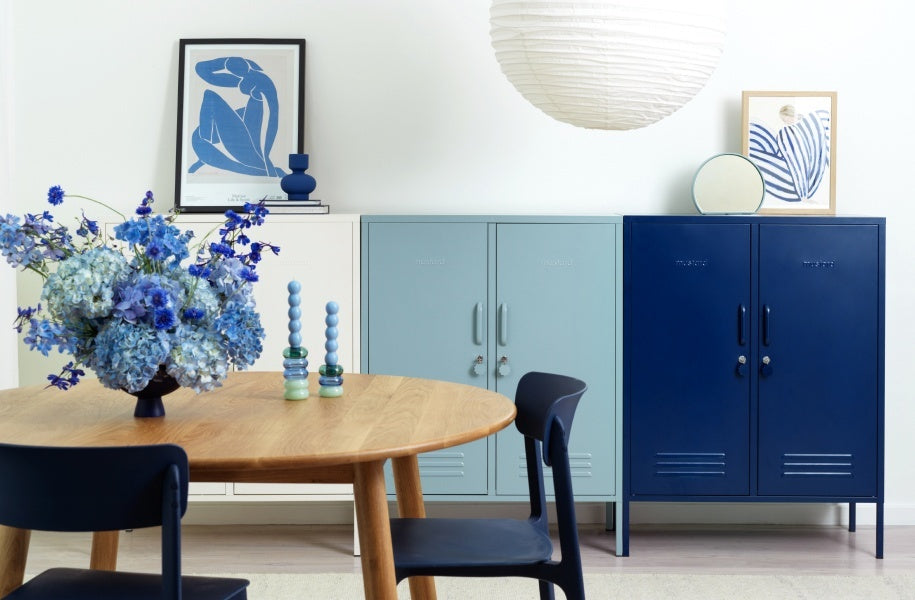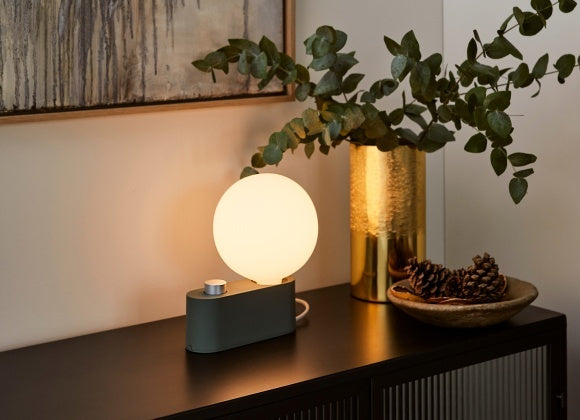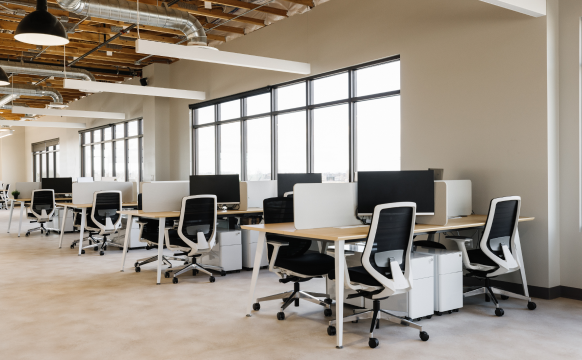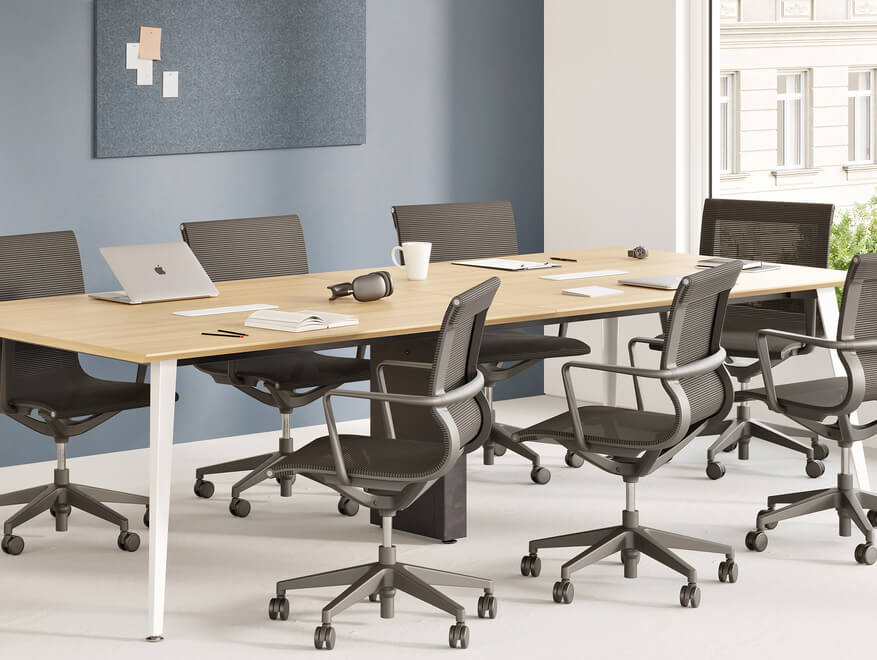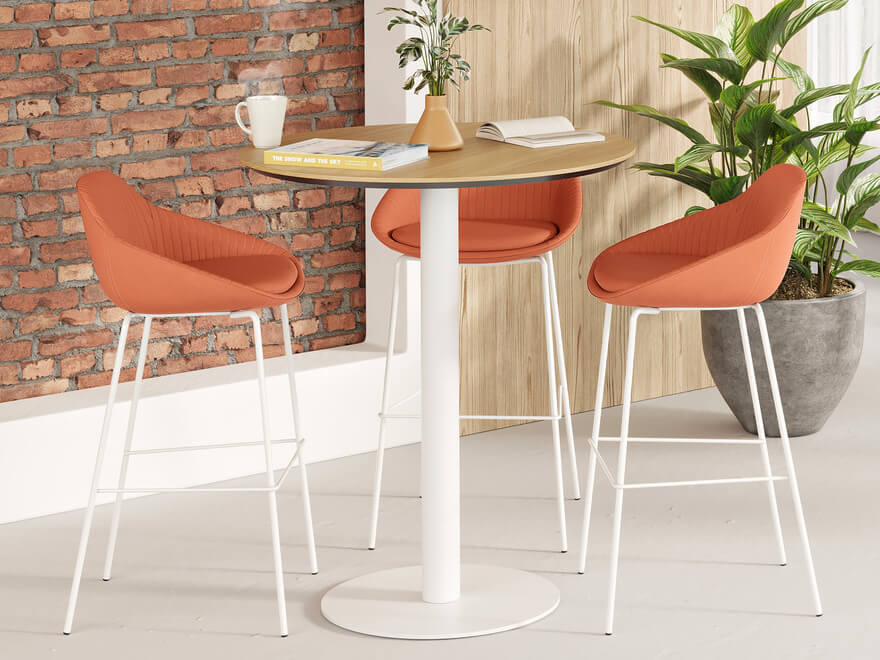The Hidden Costs Of The "Fast Furniture" Revolution
If you’ve moved into a new place or set up a small office within the past decade, chances are you’ve purchased furniture from Ikea, Amazon or a similar retailer. This “fast furniture” is stylish, affordable and easy to assemble, which might explain why over half a billion people visited an IKEA store last year.
Unlike the furniture our parents bought for their homes and offices, many modern furniture brands are designed to be disposable—a major advantage for a generation that demands flexibility and moves jobs and homes more than any before it. But the convenience of expendable furniture comes at a significant cost: we’re throwing out more of it than ever before, with an environmental impact that is startlingly large yet largely invisible.
By some estimates, Americans throw away 110 million pieces of furniture every year, and according to the Environmental Protection Agency, furniture is the least likely item in a house to be recycled. In 2008, only one-tenth of 1% of discarded furniture ever made it to a recycling facility. In recent years, even brand-name household furniture companies have come under fire for their unsustainable production practices, leading giants like Ikea to implement new sustainability plans.
Almost No One Reuses Office Furniture
The environmental impact of office furniture is particularly noxious. Traditionally, office furniture has been produced to a higher standard than household furniture. But the last few decades have seen an explosion in low-cost, short-lifespan items which meet the same fate as their domestic cousins. High-end office furniture is more likely to live a long life—but because these items are often highly customized, they’re less likely to find a home beyond their first owner.
Worse yet, high-end furniture travels huge distances before reaching its end user: the plastic in your desk chair may have been made in Mexico, with its steel forged in China, and fabric produced in Hungary. Those elements are typically assembled somewhere in the Midwest, so by the time the chair reaches your office in San Francisco or Atlanta, the planet has paid a price.
The result of this system is staggering environmental harm. American companies send almost 17 million pounds of office furniture to the dump annually, and according to a 2005 University of Michigan study, only 29% of that furniture can be recycled—better than household furniture, but still implying that upwards of two thirds of office furniture is incinerated or landfilled. Re-use (or lack thereof) is also a huge problem: by most estimates, less than 10% of office furniture is used beyond the first office it inhabits.
Five Ways You Can Help
Every organization can take action to reduce the environmental impact of their office furniture. Here are five easy steps that every company can take during the procurement process, including:
- Avoid “fast furniture” where possible. Higher quality furniture (i.e. 10 year+ warranty) is easier to recycle and less likely to be discarded.
- Ensure your assembly and installation service has a policy of recycling packaging materials after they’ve been removed from your premises.
- Avoid the purchase of plastic furniture. The production of plastic furniture requires almost 9x as much energy than the production of standard MDF office furniture materials.
- Reduce “customization” of furniture pieces, and instead purchasing standard pieces, often listed as “Quickship,” to increase the likelihood of resale and reuse of your furniture
- And of course, purchasing from a furniture company that has policy of taking furniture back for refurbishment and reuse after your company is done with it.
We believe giving furniture a second shot at life is one of the best ways to mitigate environmental harm. At Branch, we reward companies for returning used furniture by offering free pickup and a credit toward their next purchase. Then we refurbish the furniture and sell them again.
With an efficient supply chain and single-source manufacturing partners, we’re reducing the carbon footprint attached to each item we produce, doing our part to show that great furniture doesn’t have to mean waste.

